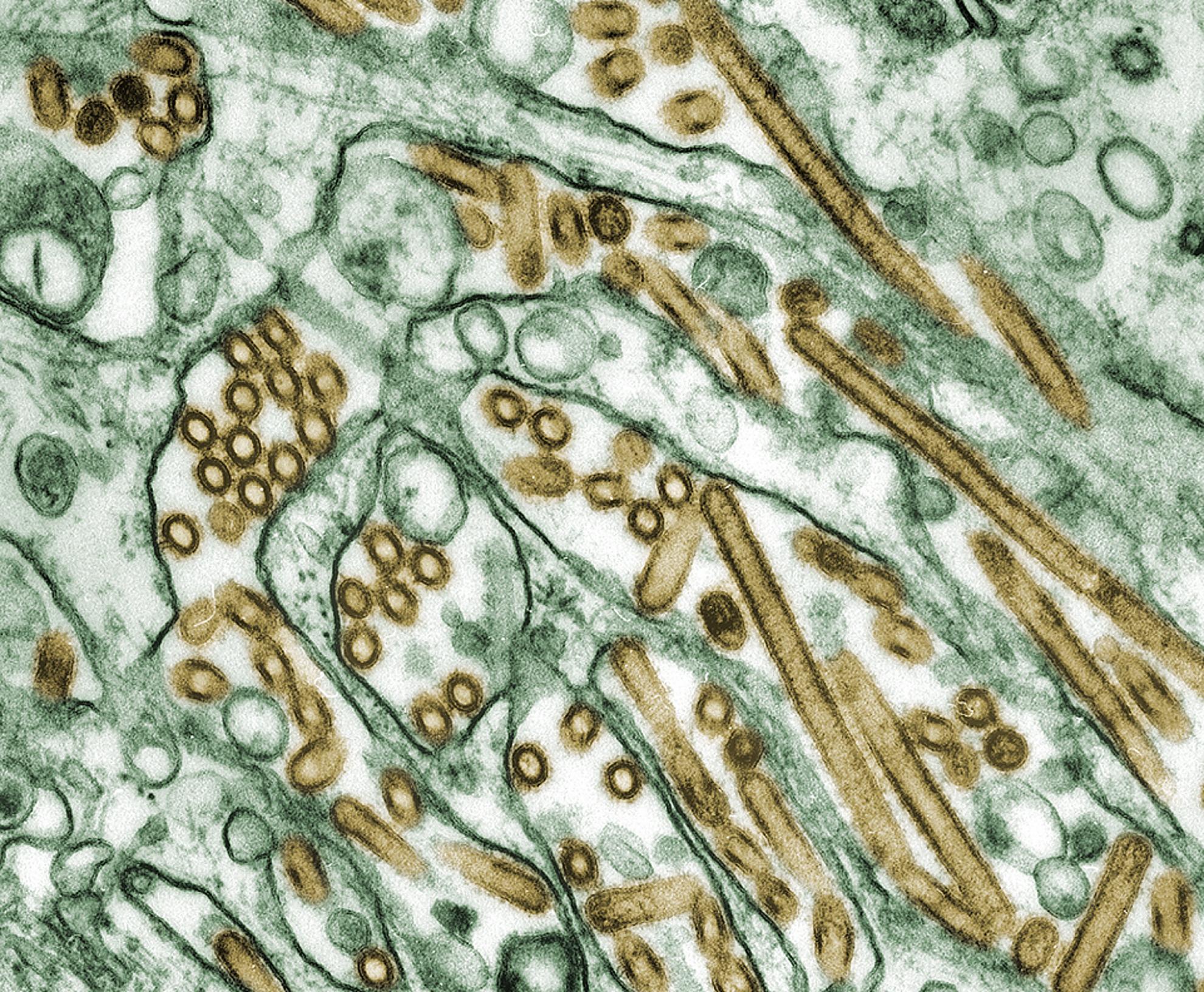TRIM proteins: another class of viral victims
TRIM (tripartite motif) proteins are a family of RING (really interesting new gene) domain-containing proteins comprising more than 70 human members, with new members still being described. In addition to their involvement in cell proliferation, differentiation, development, morphogenesis, and apoptosis, roles in immune signaling and antiviral functions are emerging. In response to viral infection, TRIM25 ubiquitinates the N terminus of the viral RNA receptor retinoic acid-inducible gene-I (RIG-I), and this modification is essential for RIG- I to interact with its downstream partner mitochondrial antiviral signaling (MAVS). TRIM25 activity thus leads to activation of the RIG- I signaling pathway, which results in type I interferon production to limit viral replication. Recently, it has been demonstrated that influenza A viruses target TRIM25 and disable its antiviral function, thereby suppressing the host interferon response. This Journal Club article highlights the emerging roles of TRIM proteins in antiviral defense mechanisms and an immune evasion strategy in which influenza viruses target a member of the TRIM family.
Back to publications
